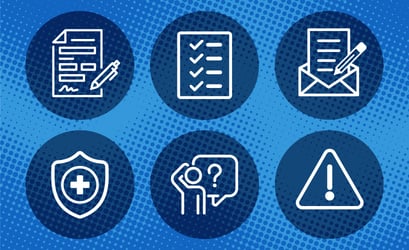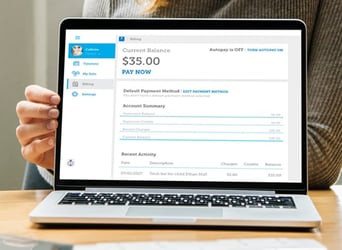As a daycare teacher, you know that managing the behavior of your students is a big part of your job. But what are the best ways to do this? There are a lot of different behavior management strategies out there, so it can be tough to know which ones to use. But don’t worry, we’re here to help!
In order to have a well-run daycare, it’s important to have a good daycare behavior management strategy in place for the children. This strategy should include a system of rewards and consequences for the children’s actions. It’s important to be consistent with this system so the children know what to expect.
A daycare behavior management strategy is important for several reasons. First, it helps create a safe and orderly environment for the children. Second, it helps prevent negative behaviors from occurring. Third, it provides consequences for bad behavior so the children learn how to behave properly. Finally, it helps to build positive relationships between the children and the staff.
In this article, we’ll share some of the best behavior management strategies for daycare teachers. We’ll also give you some tips on how to implement these strategies in your own classroom.
So whether you’re looking for new ideas or just want to brush up on your existing knowledge, read on for the best behavior management strategies for daycare teachers!
Top 5 Behavior Management Strategies for Daycare Teachers
While there is no one-size-fits-all approach to behavior management, there are certain strategies that can be effective in managing the behavior of daycare students. Here are five of the most effective:
1. Set Clear Expectations for Behavior (Specific, Observable, Measurable)
When setting expectations for behavior, it’s essential to be as specific as possible. This means clearly defining what is expected of students in different situations. For example, a teacher might say, “Students will raise their hands and wait to be called on before speaking.”
Being observable also means the expectation can be measured. In the example above, the teacher can easily tell if a student is following the expectation by whether or not they raise their hand before speaking.
It’s also important for teachers to be consistent in their expectations for behavior. This means the same expectations should be applied in all situations, regardless of who is present or what the circumstances are.
2. Encourage Good Behavior With Praise and Positive Attention
Praise and positive attention are two of the most powerful behavior management strategies for daycare teachers. By using these techniques, teachers can effectively encourage good behavior in their students.
When praising a child, it’s important to be specific about what behavior you are praising, as all behavior is communication. For example, rather than simply saying “good job,” try “great job on staying in your seat during circle time!” This will help the child understand what he or she did that was praiseworthy.
It’s also important to make sure your praise is sincere. Children can sense when you are being insincere, and this can undermine the effectiveness of your praise.
3. Stay in Control With Rational Detachment
Rational detachment does not mean you don’t care about the children in your care. It simply means you are able to remain calm and objective when dealing with challenging behavior. This can be difficult to do, but it’s important to remember that children often feed off the emotions of those around them. If a teacher appears frazzled or upset, it’s likely that the children in their care will mirror these emotions.
4. Discourage Mild Misbehavior With Active Ignoring
This strategy is also called “selective ignoring.” When a child exhibits mild misbehavior, the teacher actively ignores the child while continuing to interact with other children in the class. The goal is to extinguish the behavior by making it non-reinforcing.
There are several things to keep in mind when using this strategy:
- First, it’s important to have a clear definition of what behaviors warrant active ignoring. These should be unwanted behaviors that are not harmful and do not interfere with the learning of other students.
- Second, it’s crucial to remain consistent with this strategy. Every time the target behavior occurs, the teacher must respond in the same way — by ignoring the child.
- Third, it’s important to keep in mind that this strategy may not work immediately. It may take some time for the child to learn that the behavior is no longer reinforcing.
5. Establish and Enforce Effective Consequences
It’s vital for daycare teachers to establish and enforce effective consequences as a behavior management strategy. This will help ensure children are behaving appropriately and not engaging in disruptive or destructive behaviors.
There are a variety of consequences that can be used, and the most effective ones will be tailored to the individual child. Some common consequences you might use include:
- Timeouts: This involves sending the child to a designated area for a period of time, such as two minutes per year of age. This is an effective consequence for younger children who need some time to calm down.
- Loss of privileges: This may involve taking away something the child enjoys, such as TV time or playtime with friends. This is an effective consequence for older children who can understand that their behavior has led to a loss.
Behavior management in the classroom is essential for a positive and productive learning environment. The best behavior management strategies are proactive, consistent, and tailored to the individual child. Smartcare has developed a comprehensive online training program that provides teachers with everything they need to create a successful behavior management plan in their daycare classrooms.
With our help, you can establish clear expectations for your students and provide them with the tools they need to succeed.
Contact us today to learn more about how we can help you manage student behavior and create a positive learning environment for all!









